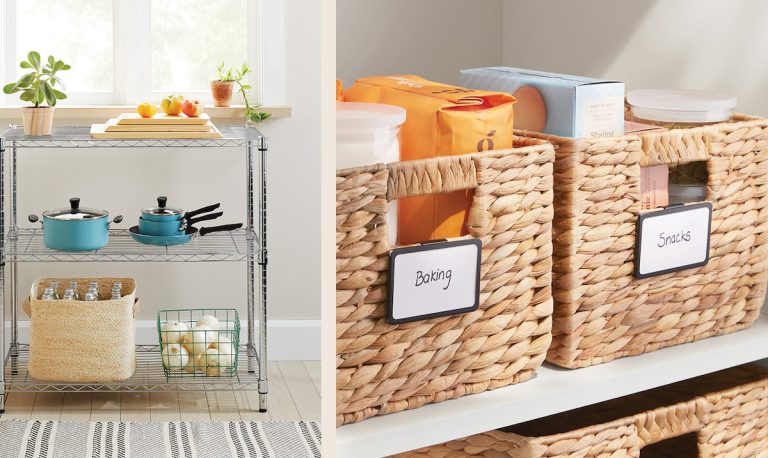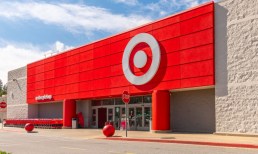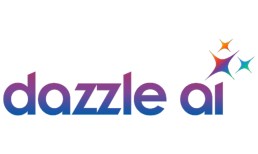General merchandise chain Target, the eighth largest retailer in the U.S., is rolling out its first brand-owned organization system called Brightroom, intended to offer affordable designs that take the stress out of managing the details of home life.
“We know the new year brings opportunities for new beginnings, including an eagerness to organize our homes for the year ahead,” Samara Tuchband, senior vice president of merchandising, home, said in a press release Thursday (Jan. 6).
See also: Retail Without Limits: 3 Cross-Border Payment Strategies to Attract Global Shoppers
Tuchband added that Target is helping guests accomplish that with Brightroom, which is meant to help people “easily organize their homes with hundreds of well-designed and functional pieces — all at an incredible value.”
The Brightroom collection takes storage challenges into consideration, with numerous versatile modular and magnetic solutions to suit spaces of all sizes. Stackable solutions allow for vertical spaces, while pegboards can allow for creative wall storage.
Read more: How Retail is Turning Closed Stores Into New Opportunities
Advertisement: Scroll to Continue
The brand’s collection works together, with pieces complementing one another for storage solutions that can be built out over time as needs change.
For example, there is breathable mesh for vegetable pantry storage, wooden solutions for durability, natural weaves to soften spaces and plastics that can easily be scrubbed clean. Prices for the Brightroom collection start at $1 and most items are less than $25.
You may also enjoy: How the Bring-It-To Me Economy is Set to Reshape Retail
Headquartered in Minneapolis, Minnesota, Target has 1,926 stores across all 50 states and the District of Columbia, and 20 office locations globally. Some 75% of the U.S. population lives within 10 miles of a retailer and the chain employs a workforce topping 350,000 people.
The retailer brought in $93.6 billion in total revenue in 2020, according to the company’s website, with 5% of profits going back to the local communities it serves.




